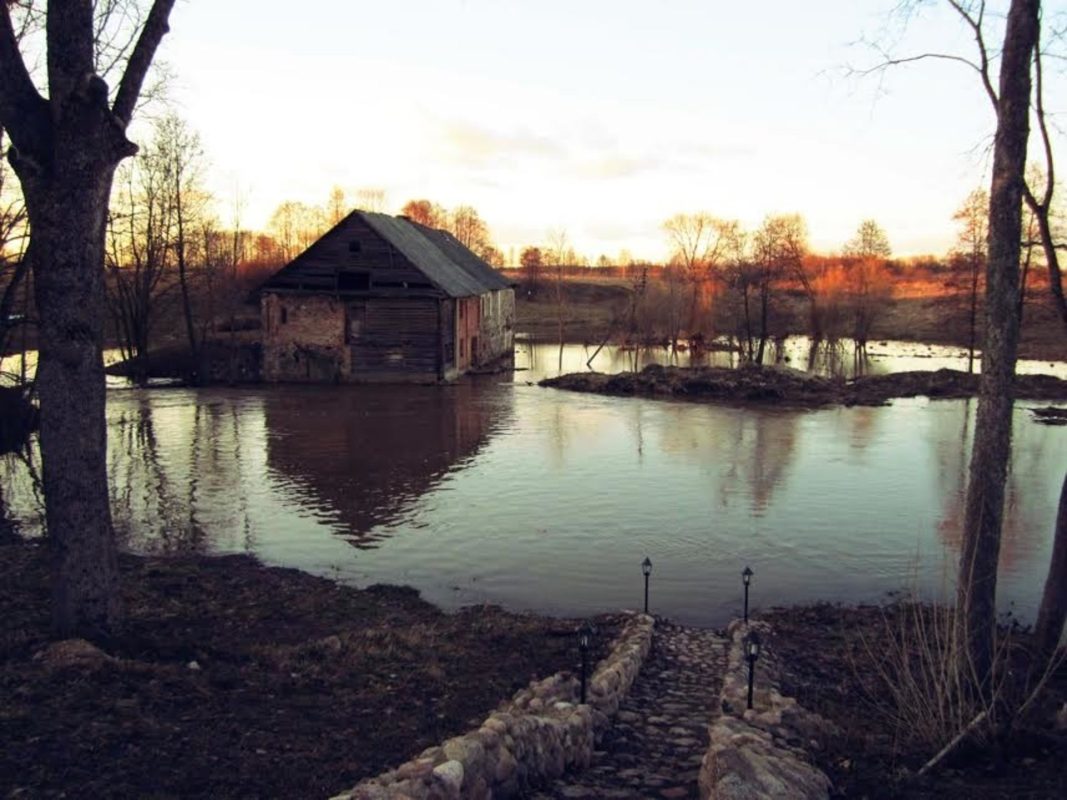Juodagalviai Water Mill

172

0

1
0 out of 5
(0 reviews)
The Juodagalviai Mill belonged to the Belikovičiai family, the lords of the Krikonys manor. It is mentioned in the manor's inventory books as early as the 18th century (1738 and 1750).
Info
-

Architecture
-
The Juodagalviai Mill belonged to the Belikovičiai family, the lords of the Krikonys manor. It is mentioned in the manor's inventory books as early as the 18th century (1738 and 1750). The mill's golden era was during the Polish rule, under the last tragic owner, Edward Belikovičius. He installed a new, more efficient Polish turbine and added a second set of millstones. One set was used to grind coarse grains for livestock, and the other to make flour for bread and pastries. They also produced pearl barley and other products. The new turbine better harnessed the power of water, driving not only the millstones but also other auxiliary mechanisms, lifting bags to higher levels. People from all nearby villages brought their grain to be milled, particularly appreciating the quality of the flour.
The mill
housed two families who worked for the lord, and later, a Jewish family, who were tragically shot by the Germans during the war. After the war, refugees from Russia, presumably from the Oryol region, lived there for a while. The first decline of the mill began in 1939 when the Soviets arrived, plundering the manor and the mill. A second decline occurred after the war during the collective farm era. In 1944, when the Russians returned, soldiers started throwing explosives into the mill pond to fish, causing irreparable damage to the dam. With the establishment of the "New Way" collective farm, the mill operated intermittently and was repaired several times, but it still functioned. After the dam was blown up, a diesel engine was installed to turn the millstones, and later, electric motors were added.
Found a mistake?
Report

 Entertainment
Entertainment
 Food establishments
Food establishments





























 55.250118, 26.408094
55.250118, 26.408094
 Get directions
Get directions









